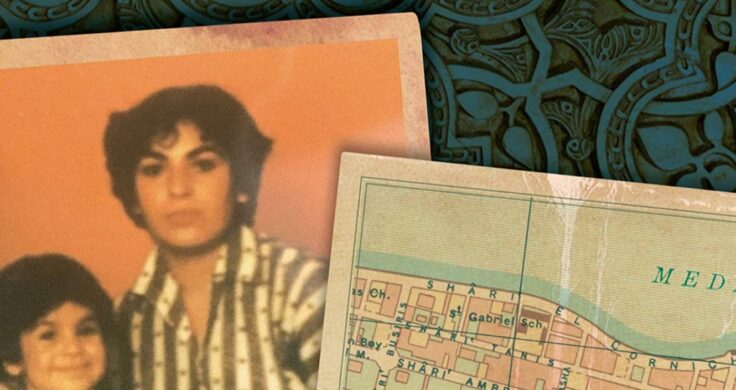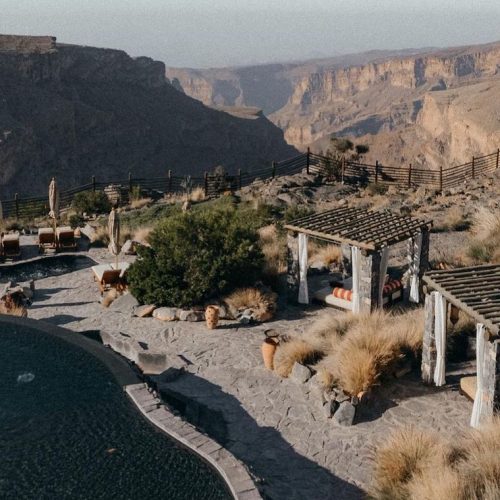The Middle East has long been a source of media headlines. As Karl Sharro jokingly titled his book: “And then god created the Middle East and said ‘let there be breaking news’”. But jokes aside, if you’re from the region, your overtly-politicised identity might have you looking for something a little deeper than what the internet spews.
If you’re curious on where to start, we’ve rounded up a few options for you. From historical accounts to anthropologies, these are the best books about the Middle East you need to read.
Mezzaterra, Ahdah Soueif
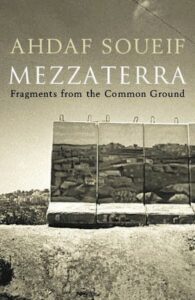
Famed for her pro-Palestine stance, Egyptian writer Ahdaf Soueif is the author behind ‘Mezzaterra’, which is a collection of essays on Arab identity, art and politics exploring the struggle of finding where to belong.
A History of the Arab Peoples
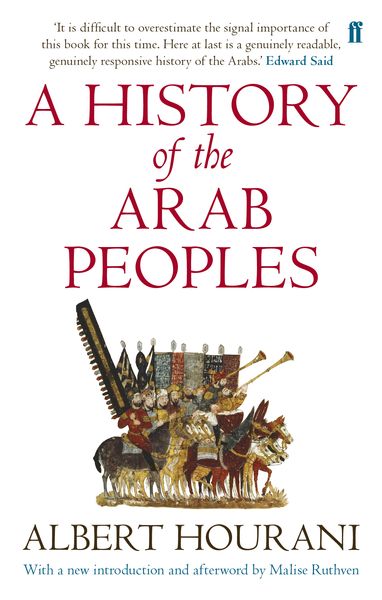
A must-read for anyone who is looking to learn more about the history of the Arab world. Its author, the British-Lebanese historian Albert Hourani trails 12 centuries of Arab civilization.
With Stones in Our Hands
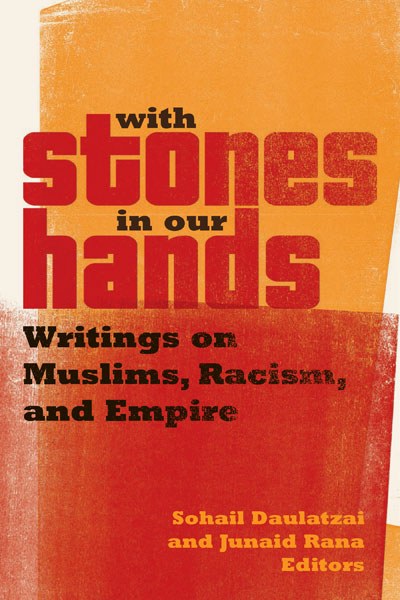
This anthology focuses on anti-Muslim sentiments and behaviours, not particularly on the Middle Eastern region. With Stones in Our Hands is a series of writings by scholars and activists published to aid others in understanding the global vilification of Muslims and the role anti-colonialist sentiments in Muslim-majority countries plays.
When We Were Arabs

Ever been curious about what it means to be a Jewish Arab? Journalist Massoud Hayoun tells the story of his family’s life in Egypt, Tunisia, Palestine and Los Angeles in a process of identity reclamation.
Orientalism
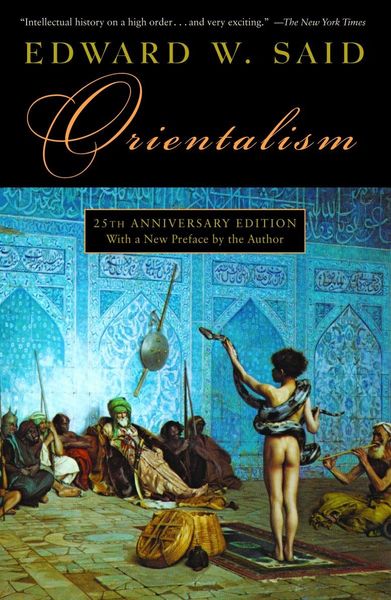
No list on Middle Eastern books would be complete without a mention of Edward Said’s 1978 book, Orientalism. In it, Said coined the term ‘orientalism’; assigning it to the West’s representations of the East.





